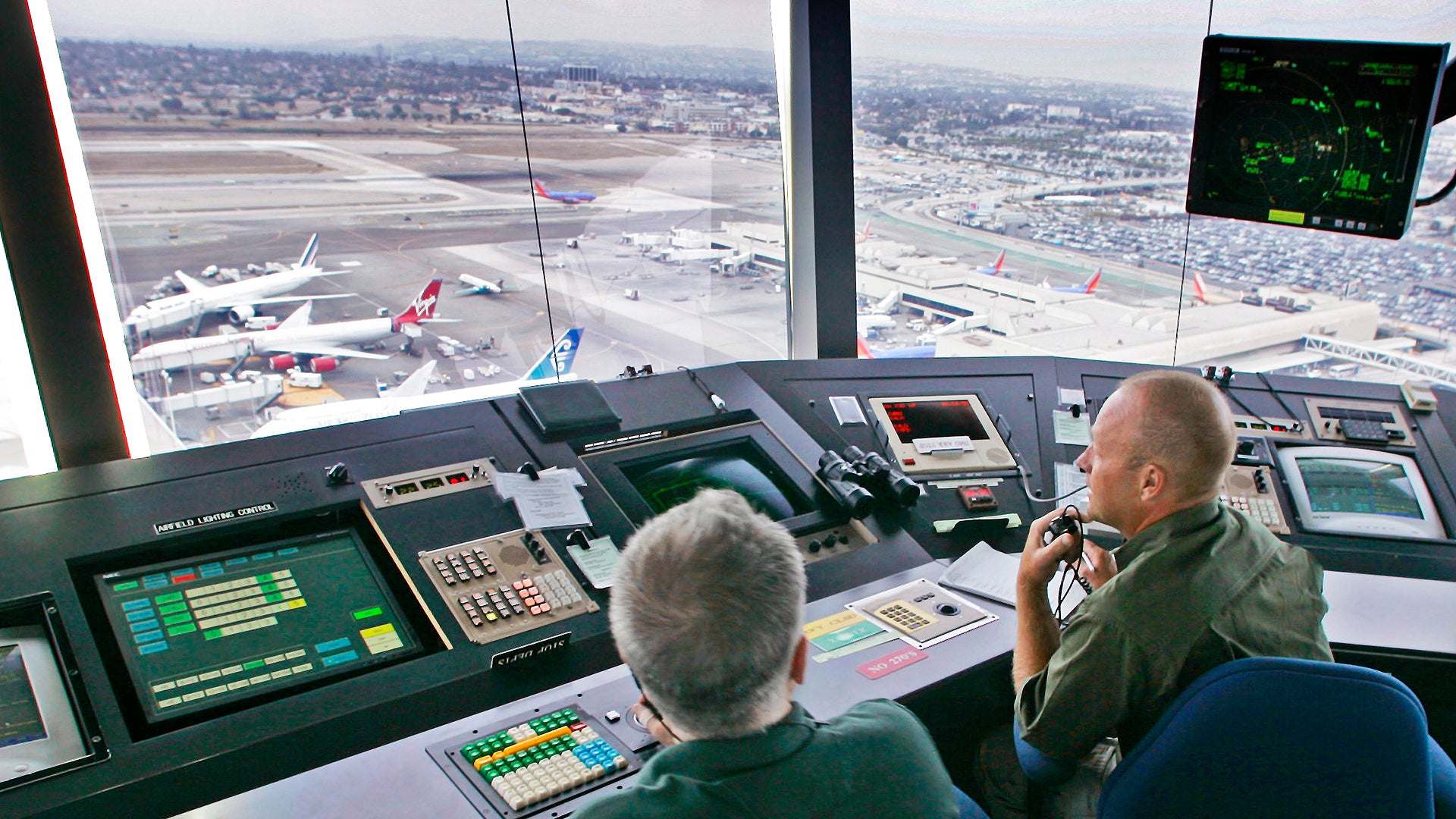On the afternoon of Monday, January 10, 2022, at around 2:30 PM PST, the Federal Aviation Administration issued a ground stop order to all planes, at least in the western United States. The temporary pause on all movements to and from airports included aviators being ordered to land and lasted roughly between seven and 20 minutes before it was lifted and services returned to normal. There has so far been no explanation given for this action. In this vacuum of information, some are connecting the highly peculiar event to another ballistic missile test launch out of North Korea, the second in less than a week, that traveled 435 miles from its launch point, impacting relatively far out into the sea of Japan.
One pilot flying into Yuma told The War Zone they were alerted to what controllers called a “national ground stop” and ordered to land before it was lifted. On a Reddit/ATC thread, controllers were discussing the puzzling ground stop, which appears to have been contained to just the western United States. Some commented that they had not seen anything like it since 9/11. There was also an image that supposedly shows the flight slips with the ground stop orders on them that our friend @OSINTTechnical has reposted, as you can see below. We cannot confirm their authenticity at this time.
There are a large number of clips going around of radio calls to aircraft giving them orders related to the ground stop, some citing a national security event:
As it sits now, we cannot confirm that the North Korean launch did indeed spur this nearly unprecedented move by the FAA, but the timing is highly suspect. Initial reports indicate that the missile was launched at 2:27 PM PST (7:27 AM Korea Standard Time), almost simultaneous with the ground top order. Strategic Command executes emergency protocols whenever a potentially hostile ballistic missile launch is detected and only has moments to make decisions as to who to alert and how to respond. You can read all about this in our previous article linked here.
If the North Korean missile test was miscategorized as a possible threat, even if briefly, there may be new protocols in place since the rogue Kim regime achieved ICBM capability to alert the FAA and issue a halt on operations. It’s also worth noting that this was likely another test of either a hypersonic boost-glide vehicle or a maneuvering re-entry vehicle (MaRV), the latter of which would also travel at hypersonic speeds. Yonhap News states this test projectile reached Mach 10, double the velocity of the hypersonic threshold.
Both hypersonic weapons concepts are built to evade missile defenses, but North Korea has not tested or displayed anything but short-range hypersonic vehicle capabilities, not ones that would even come close to threatening the U.S. homeland.
Tracking and categorizing non-traditional hypersonic threats is a major hurdle the Department of Defense is working to overcome, and at great cost. The chronic ambiguity surrounding North Korea’s missile capabilities and testing initiatives doesn’t help the situation, either. So, could the launch have triggered precautions that were later rescinded once more about the missile’s path and other flight characteristics become known? Or was this some sort of blatant mistake?
While automation is certainly a part of such a fast-moving, quick reaction strategic process, this could have been simple human error spurred by the missile test. On the other hand, it could have absolutely nothing to do with it at all and was just a coincidence. It’s not like we haven’t seen similar screw-ups before.
What’s so strange is that for such a high-profile and peculiar event, there has been absolutely no messaging from the FAA about it.
The War Zone has reached out to the FAA for an explanation. We will report back as soon as we learn more.
Author’s note: A special thanks to our friend @OSINTTechnical for the heads up!
Update, 10:15 AM EST:
When contacted by The War Zone this morning, U.S. Strategic Command’s public affairs office declined to confirm or deny whether North Korea’s latest missile launch was treated, even for a brief time, as a threat to the United States, or whether or not it was otherwise related to the FAA ground stop order. They directed to the FAA as the most appropriate point of contact for our queries.
Update, 10:55 AM EST:
The U.S.-Canadian North American Aerospace Defense Command (NORAD) did not issue an alert over North Korea’s missile launch, or for any other reason, leading FAA to order the ground stop order, a spokesperson for the command told The War Zone, refuting a story that had been published earlier today by CNN.
Update, 1:05 PM EST:
The FAA has finally issued a statement about the ground stop order, which is as follows:
As a matter of precaution, the FAA temporarily paused departures at some airports along the West Coast on Monday night. Full operations resumed in less than 15 minutes. The FAA regularly takes precautionary measures. We are reviewing the process around this ground stop as we do after all such events.
Our updates to this story have ended. You can find our continuing coverage of this story here.
Correction: An earlier version of this story indicated the FAA’s stop order occurred in 2021. It was actually in 2022.
Contact the author: Tyler@thedrive.com
